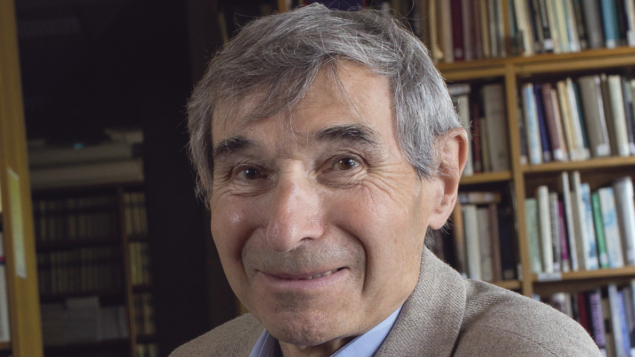
Jacques Haissinski, who played an important role in major particle-physics experiments, passed away on 25 March 2024 at the age of 89. His father Moïse worked with Marie Curie and had been a long-time collaborator of her daughter Irène Joliot-Curie.
Jacques entered Ecole Normale Supérieure in 1954 and later went to Stanford, where he worked under Burton Richter on the pioneering Colliding Beam machine to collide electrons in flight using two storage rings. After his military service, Jacques joined the Laboratoire de l’Accélérateur Linéaire in Orsay, to undertake a doctorate on the AdA (Anello di Accumulazione) ring. Built in Frascati from an idea of Bruno Touschek to collide in-flight electrons and positrons stored in the same vacuum chamber, AdA had been brought to Orsay by Pierre Marin to take advantage of the high intensity of the linac beams. Jacques mastered all aspects of the ground-breaking experiment and succeeded in detecting the very first time-in-flight collisions in 1963.
In accelerator physics, following a discovery on the ACO ring at Orsay, Jacques published, in 1967, a basic paper on the longitudinal equilibrium of particles in a storage ring that contained the now widely used “Haïssinski equation”. He also collaborated with Stanford on the commissioning of SPEAR and later SLC, the very first and so-far only linear collider. In phenomenology, following Touschek, he led a programme on radiative corrections and later gave lectures on this subject in preparation for LEP at Ecole de Gif in 1989.
But the main scientific activity of Jacques Haïssinski was experimental particle physics. He took part in many experiments, directed theses in Orsay on ACO, and was spokesperson of the CELLO experiment at DESY. During the construction of LEP, Jacques served as chairperson of the LEP committee at CERN.
After LEP, Jacques turned his interests to astroparticle physics and cosmology, notably giving courses on the subject and collaborating on the EROS experiment and the Planck mission. During that time, he also took responsibilities in the management of Paris-Sud University (at Orsay), and later as a leader in IN2P3 and in the Saclay Laboratory DAPNIA (now IRFU). His leadership was greatly appreciated by the French high-energy physics community.
An outstanding teacher, Jacques also campaigned for the dissemination of knowledge to the public. He was a great humanist who was deeply concerned with social injustice and criminal wars. He presented his views publicly and believed that other physicists should do so. Generous with his precious time, he was always available to pass on his knowledge and vast scientific culture. He marked and inspired several generations of particle and accelerator physicists.








